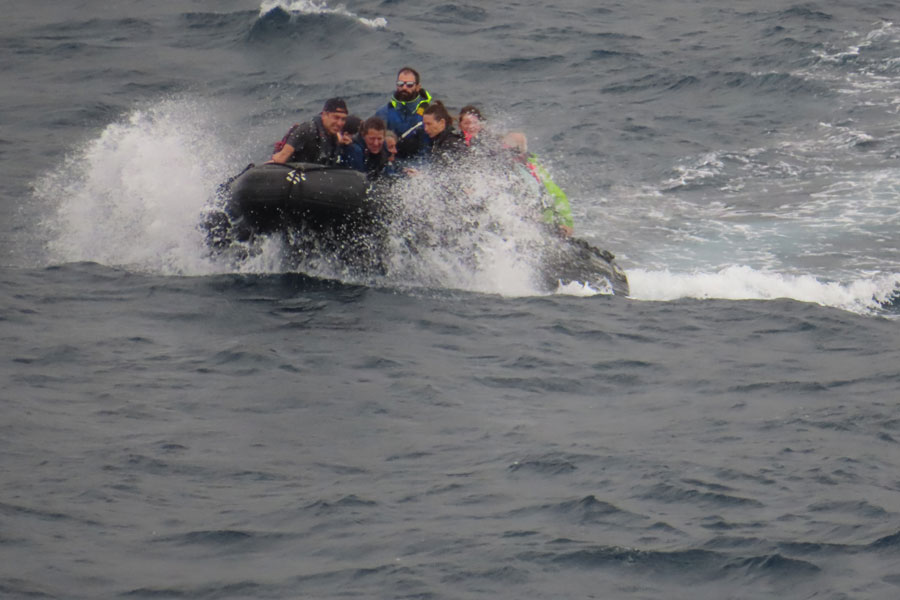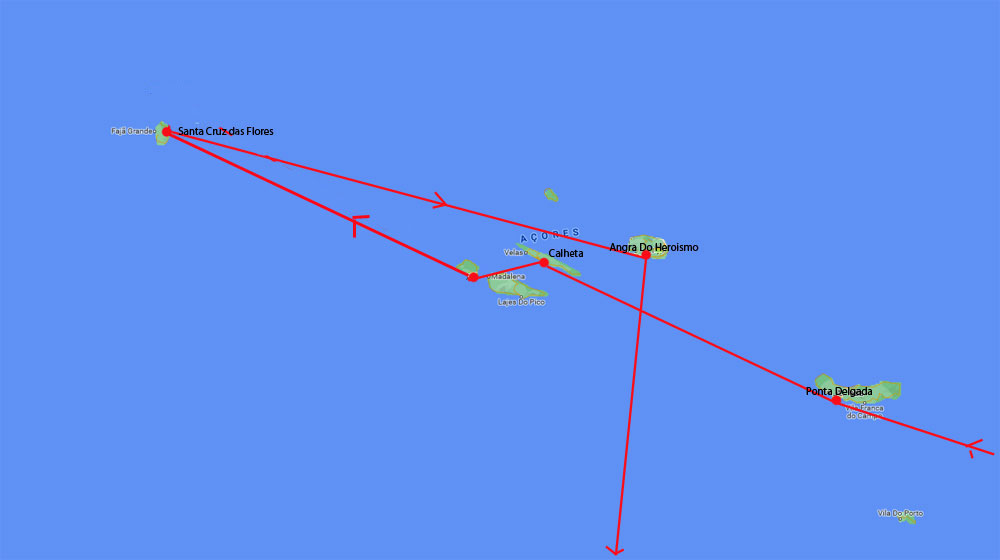

A ‘giant long sea monster’ is how the island of São Jorge has been described when viewed from an approaching ship. Like all Azores islands, São Jorge is volcanic in origin, but it is not the typical volcanic cone shape. It is an elongated narrow string of volcanic peaks joined by a high plateau. Half the island is above 300 metres elevation. A big eruption on the island in 1808 produced fresh lava. Dotted at sea level around the island are fajãs, small flatlands formed by lava flows or landslides. No-one lived on the islands until the Portuguese arrived in the 1430s. The Portuguese were joined later by Flemish, Italians, British, and Breton settlers.
On São Jorge, the Flemish exported lichen and the plant woad to Europe for dye. Later, food, including oranges was cultivated for export. Yams were so important as a food crop for residents that they are on Calheta’s Coat-of-Arms. Its forests have native plants such as Azorean Candleberry Tree (Morella), Tree Heath, Pau-branco” (White Wood) and Azores Juniper. Alongside walking trails are colourful introduced plants, especially hydrangeas and yellow ginger-lilies. Seabirds, especially Cory's Shearwater, nest on higher slopes, although these are more easily seen from the ship.
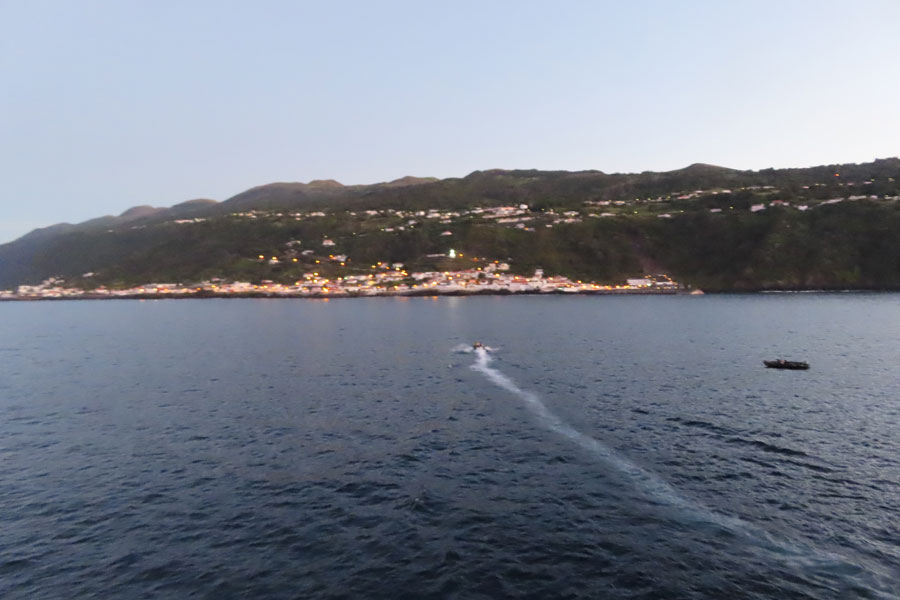 |
 |
 |
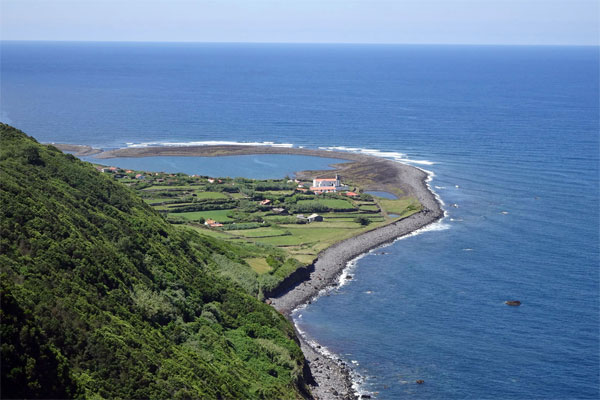 |
We had an early start with a zodiac transfer to Calheta, the second town of the island of San Jorge. From there was an island drive of three hours. The clear blue sky and strong sunshine was a complete contrast to the previous day. The island was steep sided, with little flat land by the sea. What land there was, called fajas, was used for growing vegetables and vines. A fajã is a Portuguese term designating geological platform, generally located by the sea, constructed from landslides or lava flows, which are distinct features of the islands of the Azores and Madeira, as well as of the Canary Islands (the equivalent term in Spanish is fajana).
The island's economy was cheese/cows, there being far more of the latter than humans, 80000 of these. We stopped three times , twice overlooking the north coast. We boarded the zodiacs again in the main town of Velas to return to the Silver Cloud.. We watched the clouds roll over the island of Pico as the ship moved on to the island of Horta. But then a swell developed and after just one zodiac had been launched to take people ashore for whale watching, all operations were suspended for the day. So we missed the whale watching that we were booked on at Horta later in the day. But surprisingly, after I asked for another whale watching, Lea organised one for a few days later
Click on any thumbnail photo and get a larger photo
 |
 |
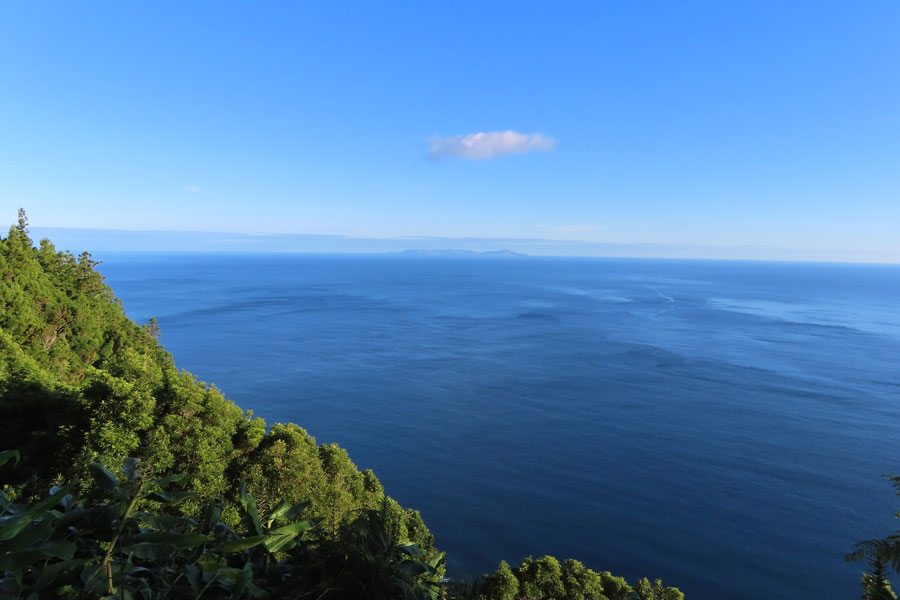 |
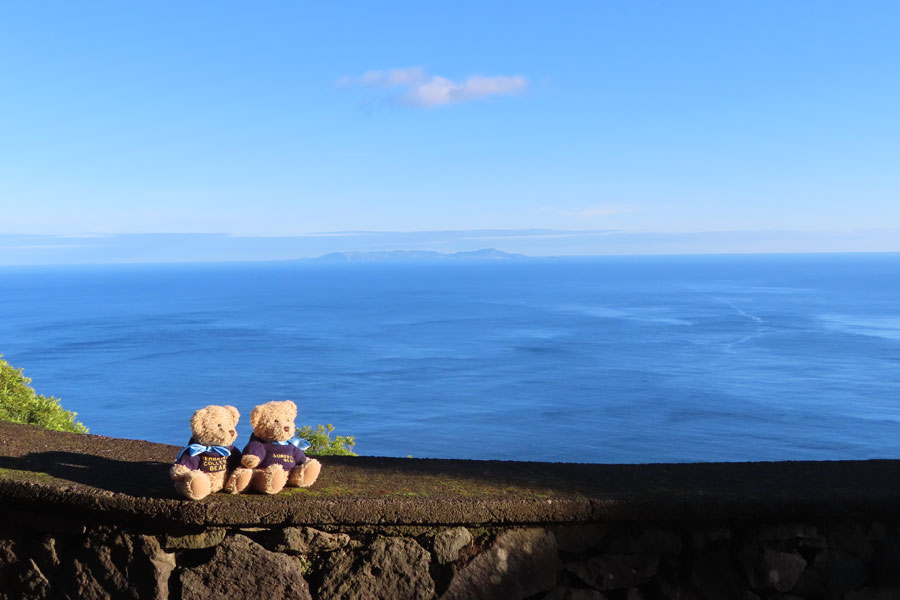 |
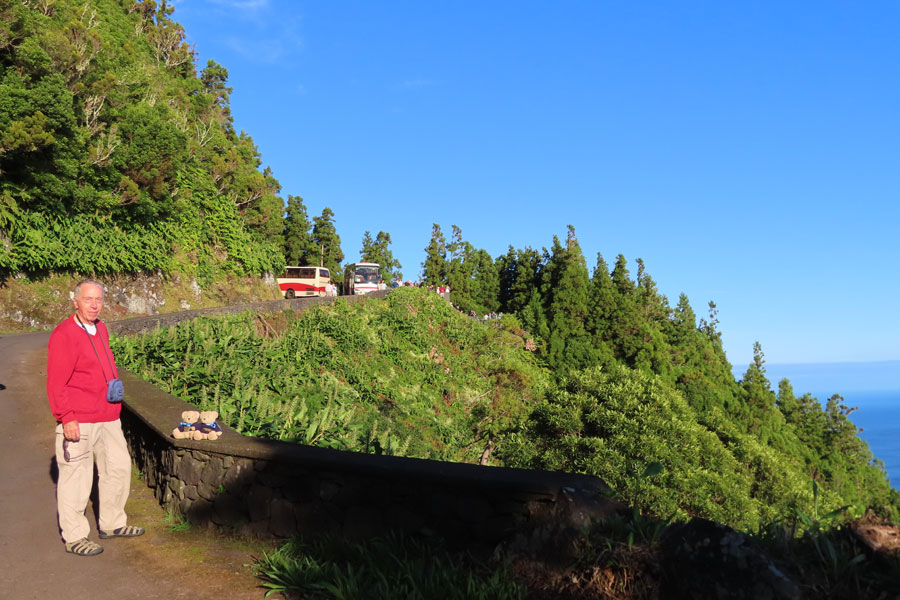 |
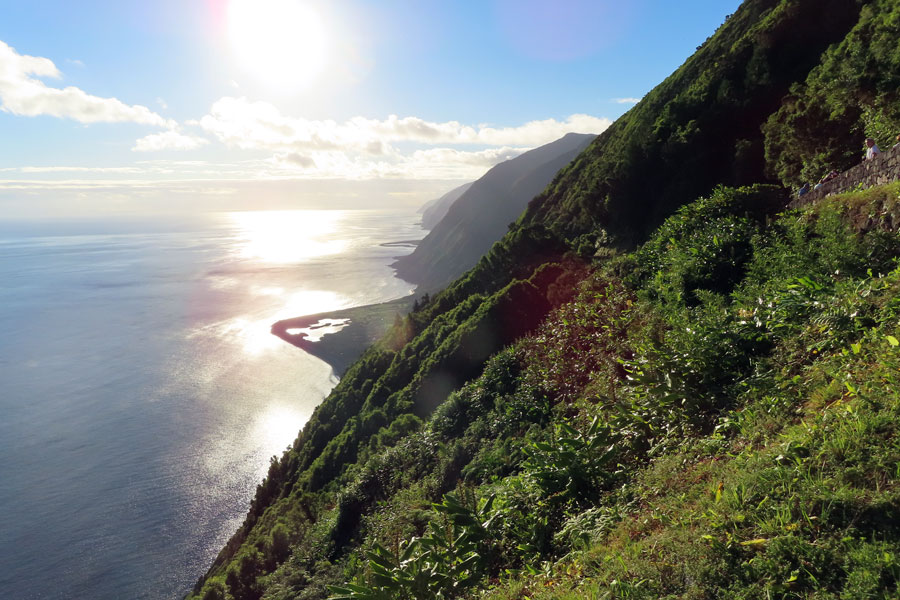 |
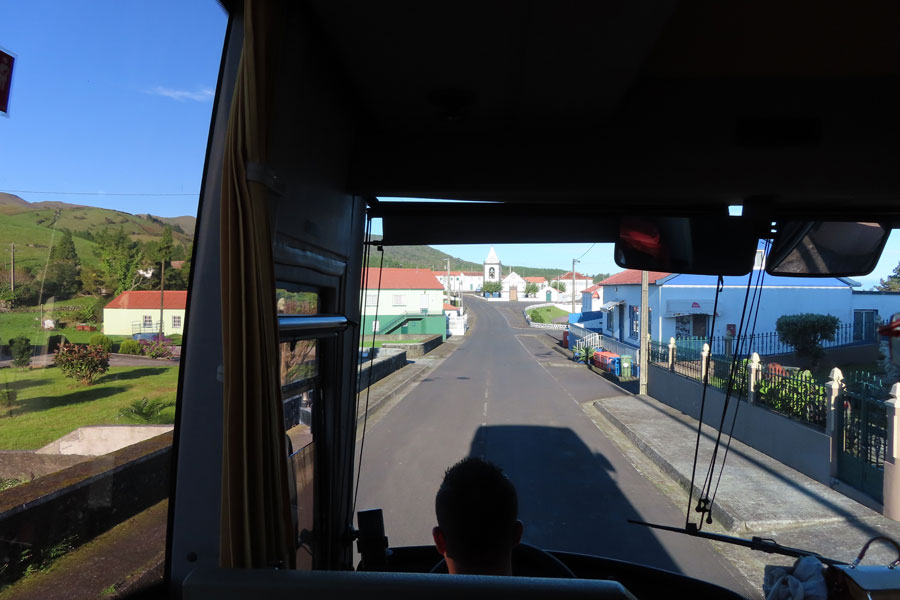 |
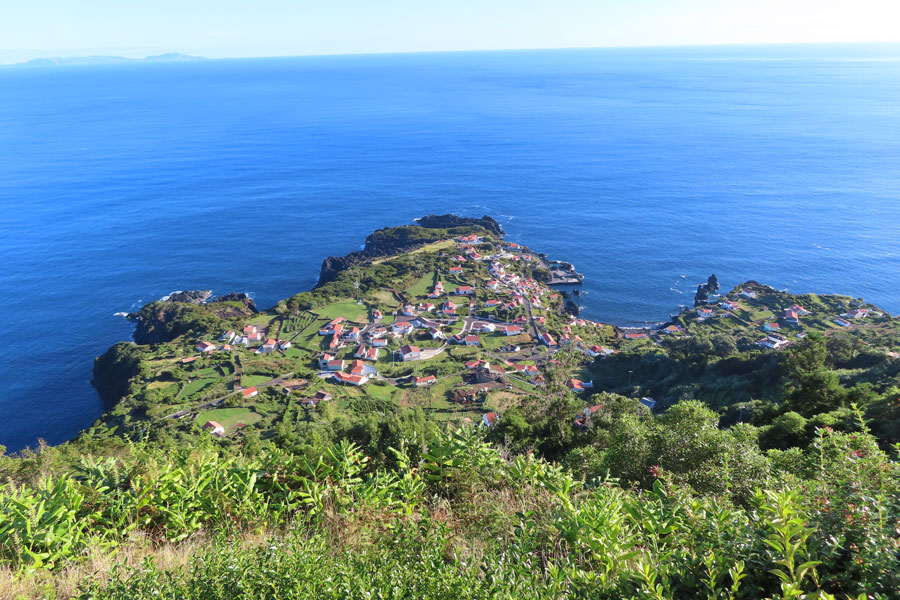 |
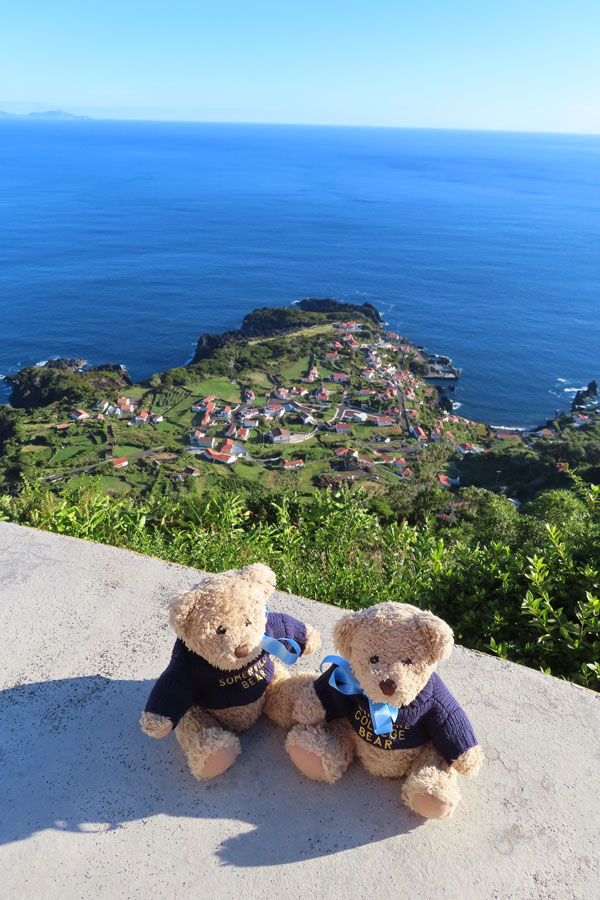 |
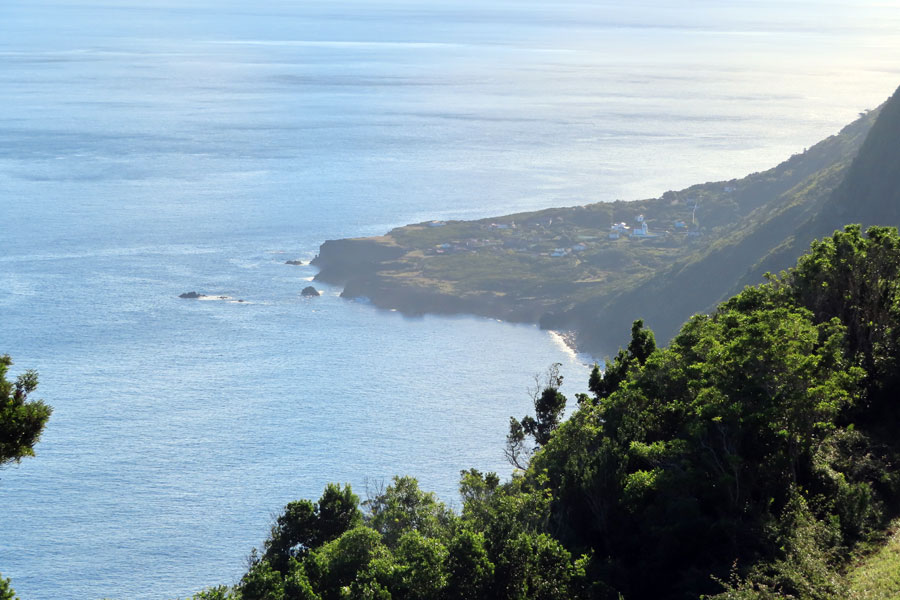 |
 |
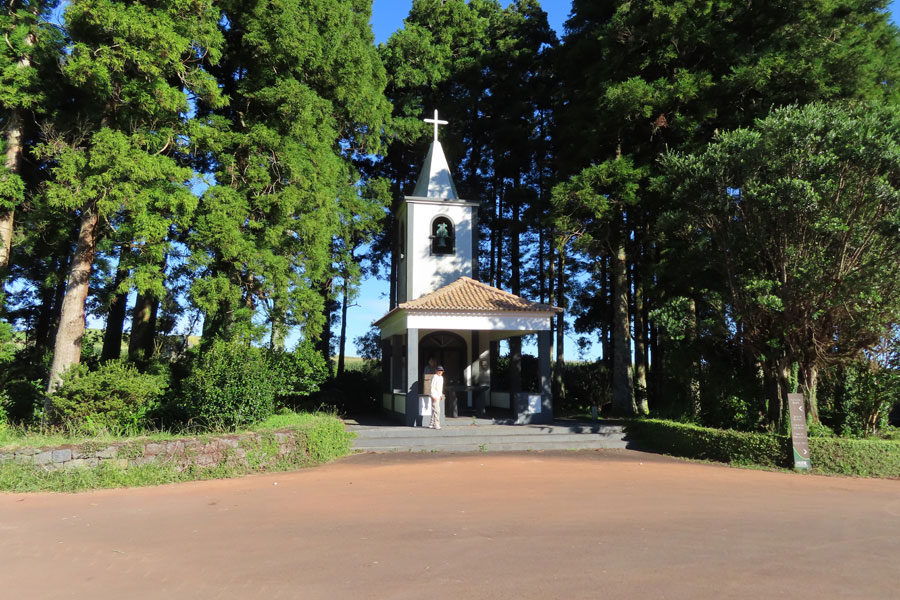 |
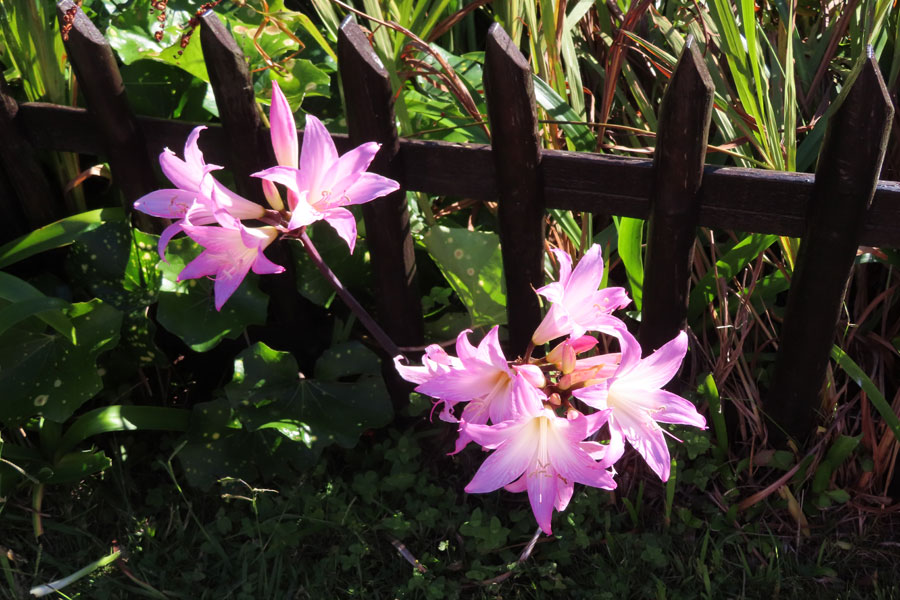 |
 |
 |
 |
And this is why we never got to Horta - this is the zodiac bringing back the first punters who were taken ashore
